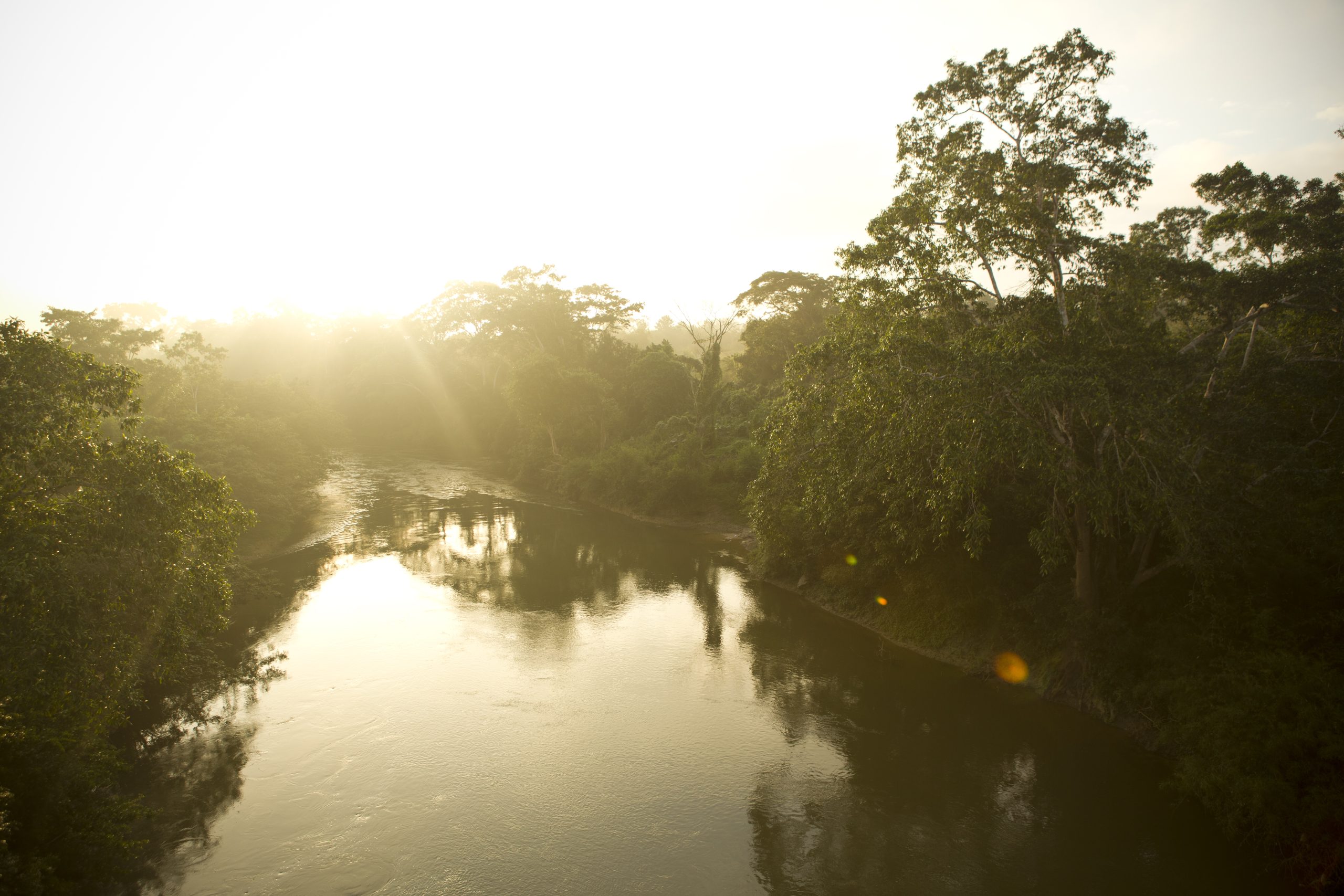Tourism Flows

The rivers of Belize run through our country like a watery railway connecting mountains to seas and valleys to lagoons. Our rivers are a network of vital life sources that crisscross throughout the land shaping the environment, supporting wildlife, and ensuring development wherever they flow. Rivers like the Bladen Branch, Golden Stream, Penchuc, Pendejo, Manatee, Mojo, Macal, and Sibun Rivers connect the southern areas to keep the ecosystems scenic and environmentally sublime. Up north, the New River, Boots River, the Rio Hondo, and the Belize River provide scenery, biodiversity, and transportation routes. The rivers connect our districts, our villages and towns, our factories, our families, and our entire economy. Each sector relies on the environment- tourism most of all. Every primary, secondary, or tertiary sector service and activity have inter-sectorial connections. Like our rivers, our industries flow one into the other.
The Belize River is the largest river in the country. It flows for approximately 180 miles through the heart of the Maya Mountains and eventually empties into the emerald Caribbean Sea. During the colonial period, massive mahogany logs were transported by this river, pushed downstream by its powerful current. The power of the current comes from the Macal and the Mopan rivers which converge upstream to add size and power. The Belize River was a vital artery for commerce and communication. One lesson from its power and vastness is perhaps that the powers that drive economic activity are never isolated. Industries and businesses that flow between our primary, secondary, and tertiary sectors all combine to drive our yearly economic streams. If the rivers are industries and their current its contribution to economic development, then the tourism industry has a lot in common with the Belize River and waterways.
All sectors are equally yoked to GDP though some admittedly add a bit more than others. It is common knowledge that the tourism industry contributes a significant portion to Belize’s economic growth; however, its commercial flow is made possible by all other industries. Other industries and sectors help to give tourism the leverage that it has. For one, the food and beverage, services, and transportation industries are the backbone of our tourism sector. Our agricultural production cannot be understated. The production of banana, citrus, sugar cane, and other crops contribute to beverage output. The livestock, poultry, and fishing industries directly contribute to other tourism activities. The tourism industry cannot feed Belize’s many visitors without the work of local farmers and agri-businesses -so tourism gets, so tourism gives back. When local and international tourists consume more, other sectors benefit. Manufacturing activities were boosted in 2023 due to the growing number of tourists coming to Belize. The Construction industry also grew by 28.4% in the first three months of last year along with increases in administrative support services, financial and insurance services, the transport industry, real estate services, and business process outsourcing. Overall, nearly every sector and industry saw increases in 2023. Tourism has benefited from and contributed to each increase. If not an affirmation of our economic resilience, these inter-sectorial linkages are testament to how our economy flows. The size of each river and the power of its current is not nearly as important as the network that connects the whole system. Tourism is connected to every industry and sector within the economy with some goods and services moving upstream and others downstream.
As paddlers take to the La Ruta Maya this weekend, recall that it is three rivers and two districts that encompass this race. Every paddler and canoe makes a difference. In the case of tourism, the industry is a wide stream of economic activities that has kept Belize moving, through one economic landscape to the next.
Chat again later.
Jasmine Anderson
For the Belize Tourism Board
